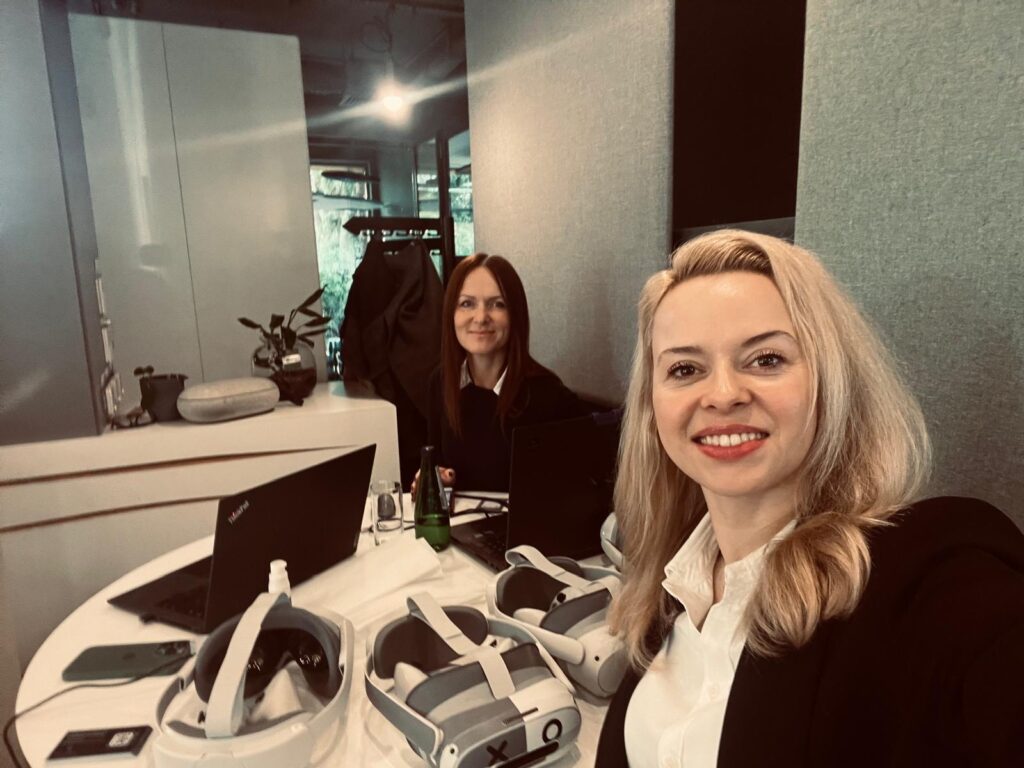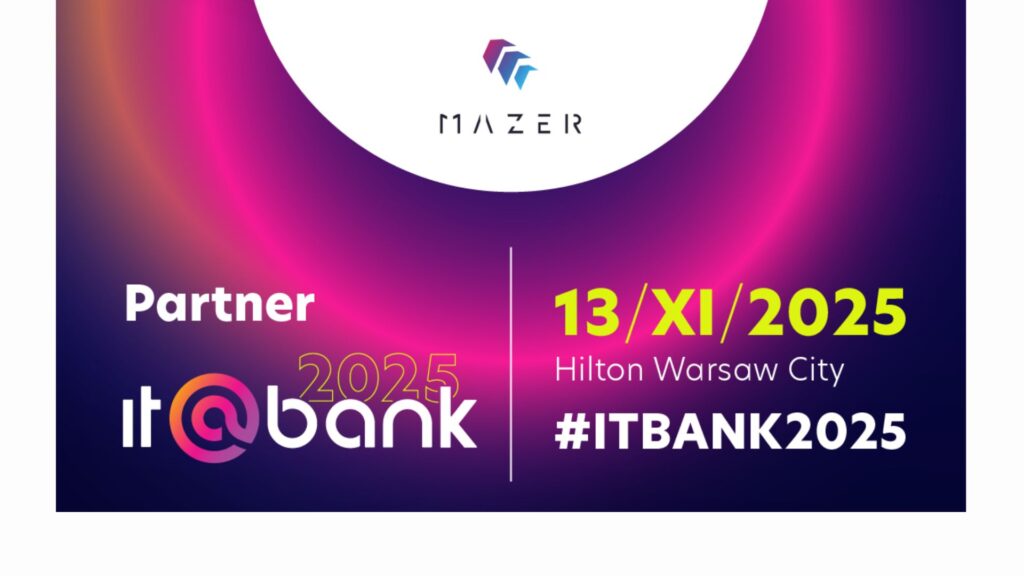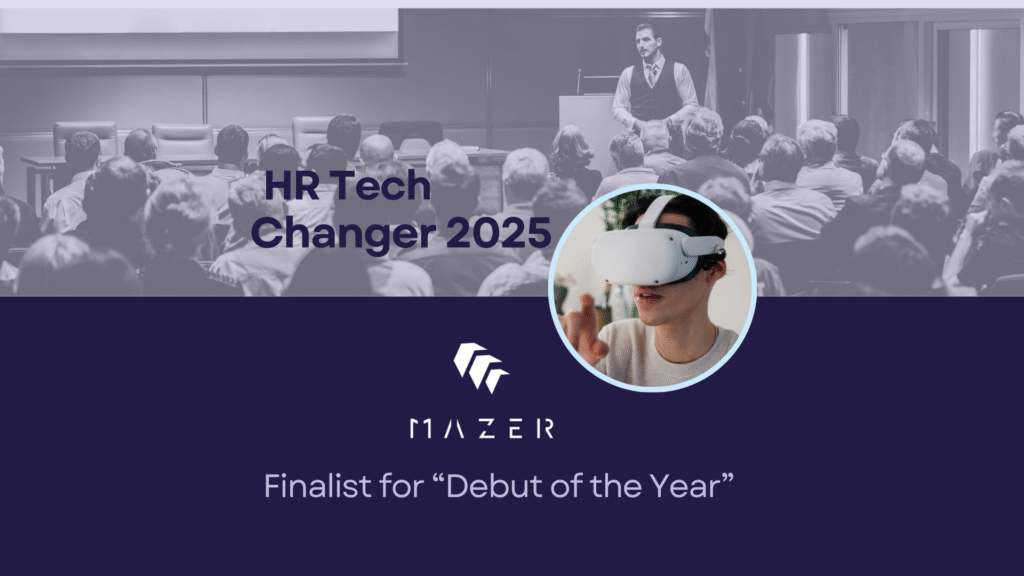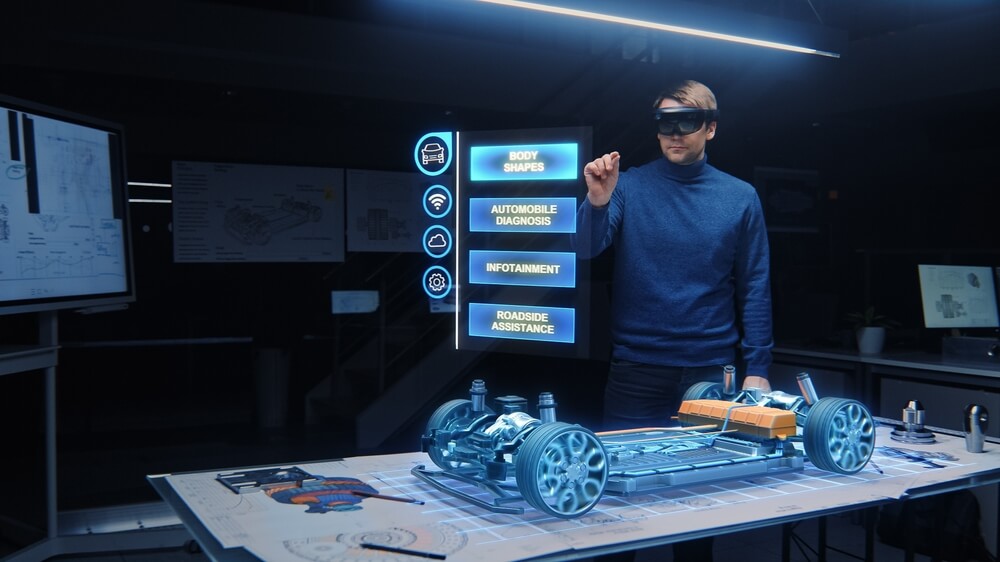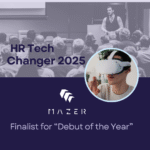How to Use VR for Real-Time Feedback in Training and Performance Evaluation
Table of Contents:
The defining strength of VR-based training is its ability to deliver immediate, data-driven feedback, empowering learners to progress faster and helping organizations prove ROI. With Mazer Trainer, every action, decision, and outcome inside a VR simulation is tracked and analyzed, turning experiential learning into measurable business value. In this article, we’ll explore how real-time feedback and deep analytics are revolutionizing both performance evaluation and skill development across industries.
Real-Time Feedback
Unlike traditional training methods, VR platforms can instantly analyze trainee actions and provide immediate corrective guidance, allowing users to recognize and correct mistakes while still immersed in the learning experience. This feedback loop is crucial for long-term retention: trainees receive actionable cues, tips, and performance scores in real-time, vastly accelerating their path to competence. Whether it’s correcting safety procedures, refining technical skills, or improving communication techniques, instant feedback ensures that errors don’t become ingrained habits. The comprehensive approach to measuring the impact of virtual training programs provides the framework for understanding how this immediate correction translates to lasting performance improvements.
Comprehensive Analytics
Mazer Trainer’s analytics dashboard transforms mountains of raw session data into clear, actionable insights for L&D managers, HR professionals, and executives. Trainers can review both aggregate and individual performance metrics, chart improvement trends over time, and pinpoint specific areas that require additional attention or remediation. Real-time heatmaps show exactly where trainees struggle, completion rates reveal engagement levels, and detailed performance analytics enable organizations to measure training effectiveness and adjust programs accordingly. The latest VR training statistics validate these measurable outcomes and demonstrate the competitive advantage that data-driven training provides.
Advanced Assessment
Traditional training evaluation relies heavily on subjective assessments and self-reporting, but VR creates objective, quantifiable performance data that eliminates guesswork. Mazer Trainer records not only outcomes but also decision-making processes, response times, error patterns, and adherence to best practices. This granular data provides unprecedented insight into how employees actually learn and perform, enabling the development of personalized plans and targeted interventions. The system captures micro-behaviors and decision patterns that human observers would miss, creating a complete picture of competency development.
The Future of Intelligent Feedback
By blending sophisticated program logic with emerging AI technologies, VR training platforms are evolving toward brilliant, personalized feedback systems. These advanced systems adapt to individual learning styles, identify knowledge gaps before they become performance issues, and provide customized coaching recommendations. The exciting developments at the intersection of VR and AI preview a future where training becomes increasingly sophisticated and personalized, maximizing learning outcomes for every individual.
Connecting Training Metrics to Business Impact
Practical evaluation extends far beyond completion rates and quiz scores; it demonstrates direct connections between training investments and business outcomes. The comprehensive data captured through Mazer Trainer’s analytics dashboard enables organizations to tie training participation to improvements in productivity, safety incidents, compliance violations, and customer satisfaction scores. This connection between learning metrics and business performance makes it significantly easier to secure executive buy-in and demonstrate the financial ROI of VR training initiatives.
Conclusion
Mazer Trainer’s real-time feedback capabilities and robust analytics infrastructure transform virtual training from isolated learning events into strategic, measurable investments in organizational capability. The result is faster skill development, more resilient teams, and demonstrable results that directly impact your bottom line while providing the data transparency that modern organizations demand.
Ready to see how Mazerspace can transform your training? Contact us for a personalized demo.
How does real-time feedback in VR training improve learning outcomes?
Real-time feedback in VR training allows trainees to receive instant corrective guidance, helping them correct mistakes on the spot. This immediate feedback loop accelerates learning and long-term retention by preventing errors from becoming ingrained habits, making the learning process more effective.
What analytics does Mazer Trainer provide to track training effectiveness?
Mazer Trainer’s analytics dashboard offers in-depth insights into performance metrics, including aggregate and individual data, heatmaps showing areas of struggle, and completion rates.
How does VR training provide objective performance evaluations?
VR training eliminates subjective assessments by capturing objective data on trainees’ decisions, response times, and adherence to best practices. This granular data gives a clear picture of competency development, offering deeper insights into how employees perform and learn, which traditional methods miss.
How does VR training connect to business outcomes?
VR training connects directly to business impact by linking training metrics to improvements in productivity, safety, compliance, and customer satisfaction.

Author: Rafał Siejca
Rafal has over twenty years of corporate experience, including roles at Millennium Bank, Comarch, and leading software teams at PZU, one of Europe’s largest insurance companies. As one of Poland’s few true VR experts with a decade of experience, he ensures timely, high-quality project delivery as CEO and CTO.


